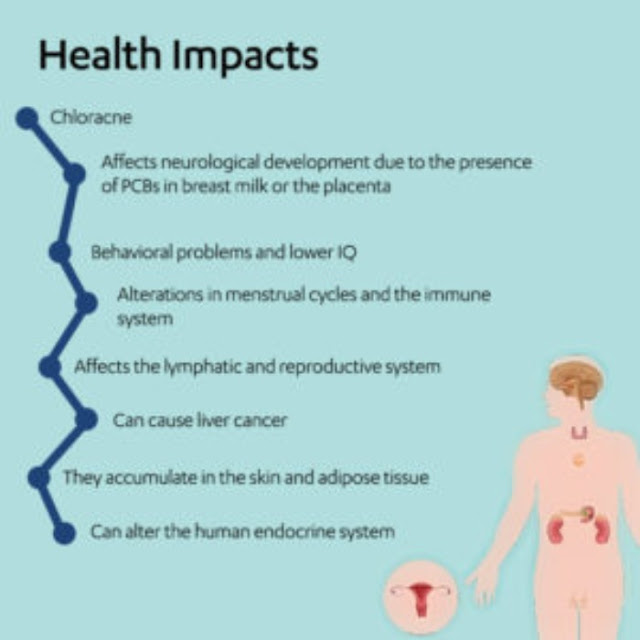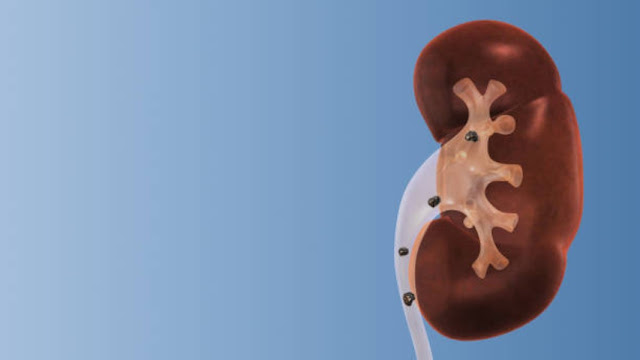Hidden Dangers: Unraveling the Health Impacts of PCB Exposure
Polychlorinated Biphenyls (PCBs), once widely used in industrial applications for their insulating and heat-resistant properties, have left a lasting impact on both the environment and human health. Despite being banned in several countries due to their toxic nature, PCBs persist in the environment and continue to pose a threat to human well-being. Understanding the health impacts of PCB exposure is crucial for mitigating risks and safeguarding public health.
Background: PCBs in the Environment
PCBs were manufactured and used extensively from the 1930s
to the 1970s in various industrial applications, including electrical
equipment, hydraulic fluids, and plasticizers. The durable nature of PCBs made
them resistant to chemical breakdown, contributing to their persistence in the
environment. Although production was banned in the late 1970s, PCBs still exist
in soil, water, and air, leading to ongoing exposure risks.
Routes of Exposure: How PCBs Enter the Body
Understanding how PCBs enter the human body is essential for
comprehending their health impacts. The primary routes of exposure include:
1. Inhalation:
Airborne PCBs can be inhaled, especially in areas with high
concentrations due to industrial activities or improper disposal. Individuals
working in or residing near contaminated sites face an increased risk of
inhalation exposure.
2. Ingestion:
Contaminated food, particularly fish from polluted water
bodies, is a significant source of PCB exposure. PCBs accrue in the fatty
tissues of fish, and consumption of such contaminated seafood can lead to
elevated levels of PCBs in the human body.
3. Dermal Absorption:
Although less common, PCBs can be absorbed through the skin.
Straight contact with contaminated soil or water, especially in occupational
settings, poses a risk of dermal absorption.
Health Impacts: The Silent Threats of PCB Exposure
1. Cancer Risk:
PCBs have been classified as likely human carcinogens.
Long-term contact has been associated with an increased risk of various
cancers, including liver, breast, and melanoma. The International Agency for
Research on Cancer recognizes specific PCB congeners as Group 1 carcinogens.
2. Neurological Effects:
Prenatal exposure to PCBs has been linked to developmental
and cognitive deficits in children. Additionally, adults exposed to high levels
of PCBs may experience neurological symptoms, including impaired memory,
learning difficulties, and changes in behavior.
3. Endocrine Disruption:
PCBs possess endocrine-disrupting properties, interfering
with hormonal systems in the body. This can main to reproductive and
developmental issues, affecting fertility, fetal development, and
hormone-dependent cancers.
4. Immune System Impacts:
PCB exposure has been associated with immunotoxicity,
compromising the body's aptitude to defend against infections and diseases.
Suppressed immune function can result in increased susceptibility to illnesses
and compromised overall health.
Mitigating Risks and Moving Forward
1. Environmental Cleanup:
Remediation efforts are crucial to reduce environmental PCB
concentrations. Identifying and cleaning up contaminated sites, as well as
implementing proper waste disposal practices, can prevent ongoing exposure.
2. Regulatory Measures:
Strict regulations and monitoring are essential to prevent
the illegal dumping and release of PCBs. Governments and regulatory bodies play
a key role in enforcing and updating regulations to protect public health.
Conclusion
PCBs continue to pose hidden dangers to human health,
necessitating ongoing efforts to understand, mitigate, and prevent exposure. By
addressing the legacy of PCB contamination and implementing proactive measures,
societies can work towards minimizing the health impacts associated with these
persistent pollutants.


Comments
Post a Comment